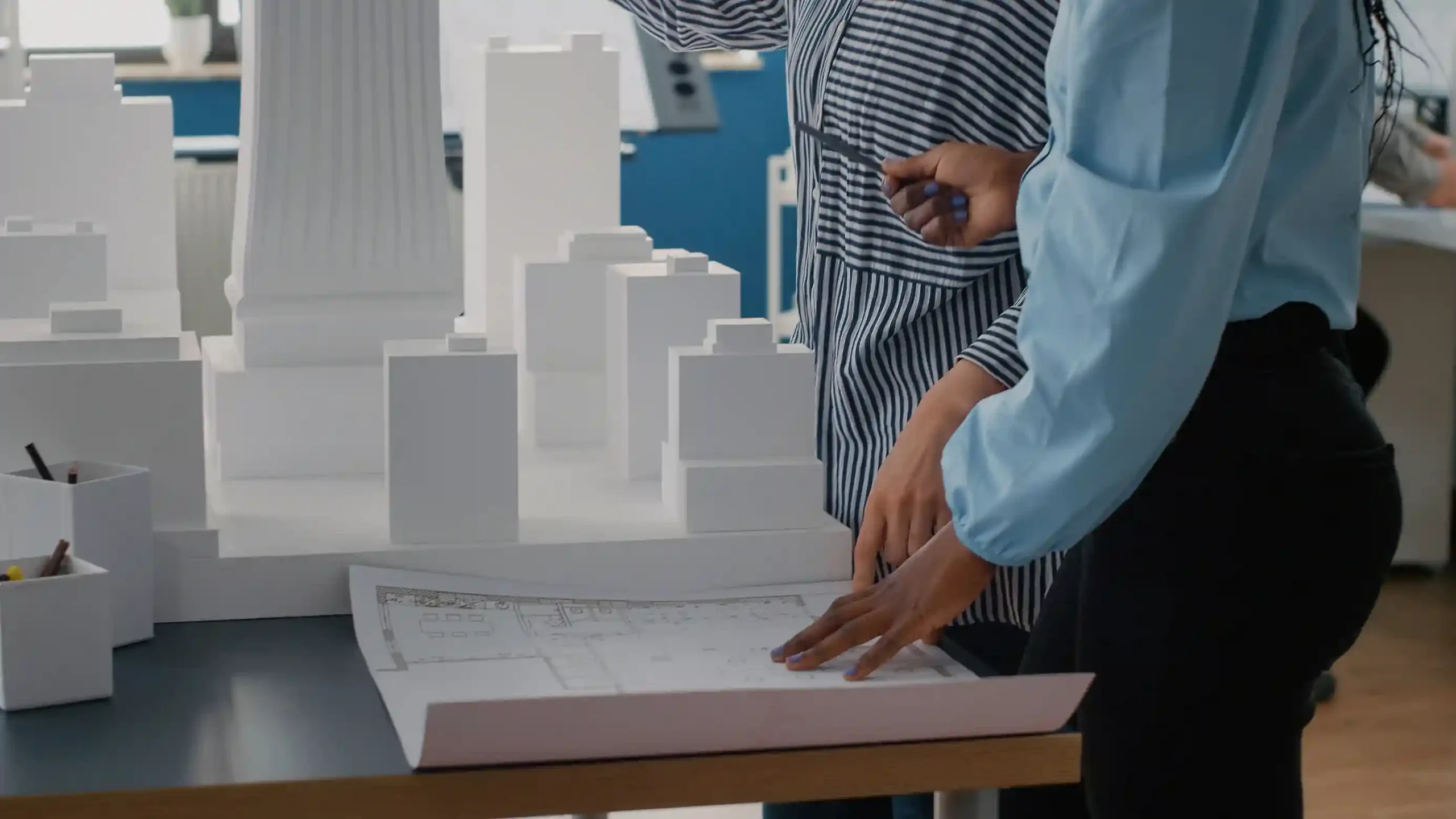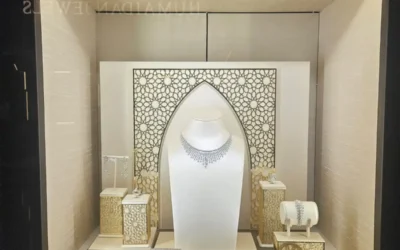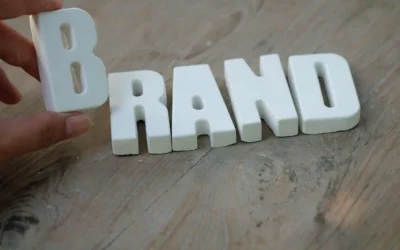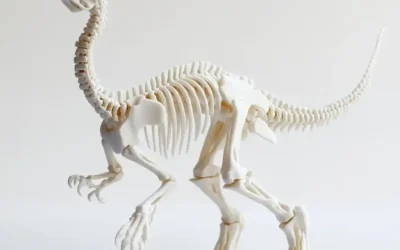Architectural signage has always been more than just a wayfinding tool—it’s a statement piece. It speaks volumes about a building’s purpose, a brand’s personality, and the kind of experience visitors can expect inside. Over the years, materials, techniques, and designs have evolved, but few innovations have reshaped the field as dramatically as large-format 3D printing.
In the UAE, where architectural creativity is a key differentiator, the adoption of large-scale 3D printing in signage design is unlocking a new era of possibilities. From bold building façades to intricate lettering that doubles as art, this technology is enabling designers and fabricators to achieve precision, scale, and creativity that traditional manufacturing often struggles to match.
1. Understanding Large-Format 3D Printing for Signage
Large-format 3D printing refers to additive manufacturing technology capable of producing objects much larger than what standard 3D printers can create. Instead of printing a small model that needs scaling up or replication, this technology can build life-sized or oversized signage components in one seamless process.
For architectural signage, this means:
- Reduced assembly requirements since large elements can be printed as a single piece.
- Complex designs without compromise, thanks to the freedom of 3D printing shapes and curves.
- Faster turnaround times, as fewer steps are required compared to traditional fabrication.
2. Why Large-Format 3D Printing Is a Game-Changer for Architectural Signage
a. Creative Freedom Without Design Limits
Conventional signage manufacturing methods—like CNC cutting, casting, or molding—often have limitations when it comes to shapes, textures, and dimensions. Large-format 3D printing removes many of these barriers. Designers can create organic curves, intricate details, and layered structures that would be cost-prohibitive or even impossible with traditional methods.
b. Lightweight Yet Strong
One challenge with large architectural signs is balancing durability with weight. Oversized elements can be difficult to install or may require heavy structural support. With 3D printing, internal lattice structures can be created to reduce weight while maintaining strength—making installation easier and safer.
c. Customization at Scale
Large-format 3D printing makes it cost-effective to customize signage for specific projects. Whether it’s a one-off corporate logo sculpture or a series of branded installations across multiple locations, each piece can be tailored without incurring high tooling costs.
d. Reduced Production Time
Unlike traditional manufacturing, which often requires mold creation, material cutting, and multiple assembly stages, large-format 3D printing can produce signage components in fewer steps. This shortens lead times, which is particularly valuable for projects with tight deadlines.
3. Applications of Large-Format 3D Printing in Architectural Signage
Large-scale 3D printing opens up opportunities across various industries and environments:
- Corporate Headquarters – Oversized 3D-printed brand emblems or sculptures in building lobbies.
- Retail Stores – Dimensional logos and thematic décor pieces that double as signage.
- Hospitality – Custom-designed lettering and decorative installations in hotels and resorts.
- Cultural Venues – Museum exhibits and event spaces with integrated wayfinding elements.
- Urban Installations – Public art pieces that serve both as signage and aesthetic features.
In cities where visual branding plays a huge role in attracting visitors and clients, such as signages in Dubai, large-format 3D printing offers both architectural beauty and functional communication.
4. Sustainability Benefits
Beyond aesthetics and speed, large-format 3D printing contributes to more sustainable signage production. Traditional fabrication often results in significant material waste due to cutting and shaping processes. In contrast, additive manufacturing uses only the material required for the design.
Additionally, the ability to use recyclable or biodegradable materials means brands can align their signage projects with eco-friendly goals—an increasingly important factor for companies that want to communicate corporate responsibility through their physical spaces.
5. How Large-Format 3D Printing Enhances Collaboration
Architectural signage projects often involve multiple stakeholders: architects, designers, brand managers, and fabrication teams. Large-format 3D printing streamlines collaboration by:
- Allowing for digital-to-physical workflows, where CAD designs can be directly transformed into physical signage.
- Making prototyping faster, so stakeholders can review full-scale samples before final production.
- Enabling easy design iterations, reducing risk and ensuring the final product meets expectations.
6. Real-World Challenges and Considerations
While the benefits are significant, large-format 3D printing for architectural signage also comes with certain considerations:
- Material Selection – Choosing the right material for outdoor durability, UV resistance, and weather tolerance is crucial.
- Finishing Requirements – Post-processing, such as sanding, painting, or sealing, is often needed for a polished, professional look.
- Size Limitations – Even large-format printers have maximum dimensions, so exceptionally large projects may still require joining printed sections.
Partnering with an experienced 3d printing company ensures these challenges are addressed effectively, from design through installation.
7. The Future of Architectural Signage with Large-Format 3D Printing
Looking ahead, the possibilities are set to expand even further. We’re likely to see:
- Integration of smart technology into 3D-printed signage, including embedded lighting or digital displays.
- Multi-material printing that combines different textures and finishes in a single print.
- On-site large-format printing, allowing massive signage structures to be printed directly at the installation location.
These advancements will make it easier than ever for brands and architects to merge function, design, and innovation in ways that capture attention and elevate spaces.
Final Thoughts
Large-format 3D printing is redefining what’s possible in architectural signage. By merging advanced manufacturing with creative design, it empowers brands, architects, and designers to push boundaries, reduce production times, and create visually stunning installations that leave lasting impressions.
For businesses looking to stand out in competitive markets like the UAE, where signage is not just functional but a central element of brand storytelling, adopting large-format 3D printing can be a powerful differentiator.
At Pacio, we combine design expertise with cutting-edge manufacturing to deliver signage solutions that embody your brand’s vision—whether it’s a bold statement piece for a flagship store or a sophisticated, integrated signage system for a corporate headquarters. Large-format 3D printing isn’t just the future of architectural signage—it’s happening now.




